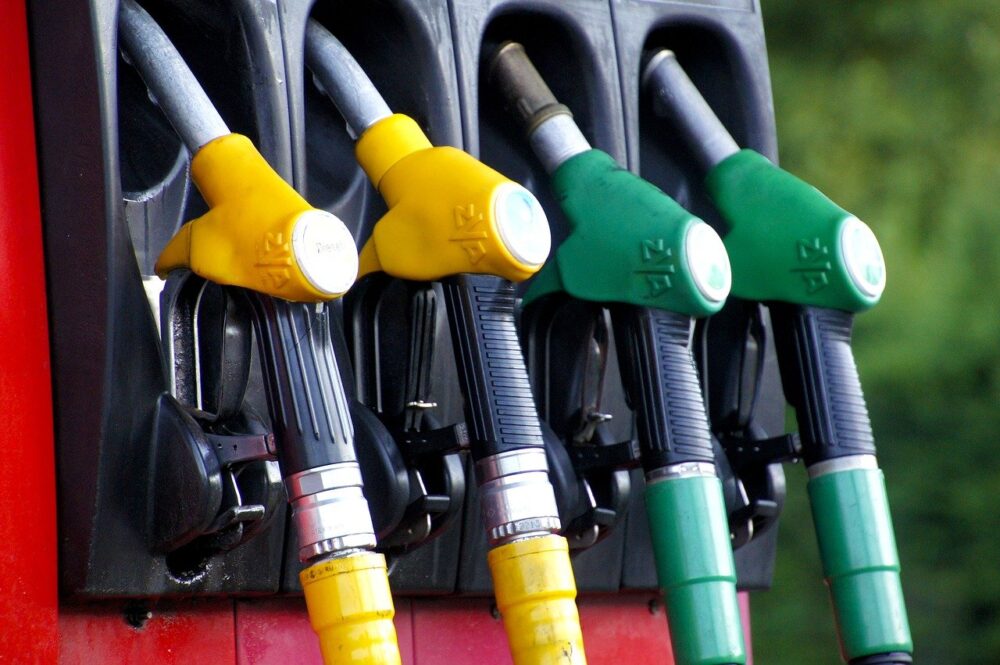If you have some capital on hand and want to invest in a lucrative business, you may be considering purchasing a gas station. Small business experts say that gas stations are practically recession-proof because consumers will always need to fill up on their way to work. Gas prices have even continued to increase during the pandemic, so now may seem like a great time to join the industry and start cashing in.
But turning a profit on this type of business isn’t as easy as you’d think. There are several hidden pitfalls of buying a gas station that you may not know about, including tight profit margins and franchise fees.
To help you decide if this is the right business venture for you, here are a few of the main drawbacks of buying a gas station.
5 Main Pitfalls of Buying a Gas Station
1. Gas Sales Are Down
Although gas prices have gone up during the pandemic, demand has decreased significantly, which has caused many gas stations to lose money.
When quarantine began in April, gas station owners reported that their sales fell by as much as 70%. Although people are starting to leave their homes and fill up their tanks more often, the latest numbers from the Energy Information Administration show that gas sales are still down by about 10%.
Because many gas stations are struggling, you may be able to purchase one at a reduced price. But before you sign on the dotted line, make sure you can afford to cover your operating costs until life returns to normal and fuel sales rebound.
2. It Can Be Hard To Turn a Profit
One of the main pitfalls of buying a gas station is that the profit margins on gas are slim at around three cents per gallon. This can make it hard for you to turn a profit, especially if you purchase a station that doesn’t have additional revenue sources like a convenience store or a car wash.
It’s also important to keep in mind that even successful gas stations don’t make a huge profit. Gas station owners only take home between $40,000 and $100,000 per year and often work long hours.
Take a look at your expenses and figure out if you can afford to live on that income while still achieving your long-term financial goals. You should also think about whether or not managing such a hands-on business is compatible with your lifestyle.
3. Buying a Gas Station Is Expensive
Purchasing a gas station in a decent location can cost a million dollars or more. Most people don’t have that much money lying around, so you’ll probably have to get a business loan to finance the purchase.
Paying interest on the loan will eat into your gas station’s profits. When all is said and done, you may only make $40,000 or $50,000 annually. It’s possible that you could get a better return by starting a different type of business or investing your money in the stock market instead of using it as a loan down payment.
4. Franchise Royalties and Fees
Franchise agreements are another one of the drawbacks of buying a gas station. If you purchase a branch of a popular chain like Sunoco or Shell, you may have to pay royalties and buy gas from your franchisor instead of shopping around for the best deal. This can cut into your profits and make it harder to earn a living.
Some companies also require you to purchase a certain amount of gas every year as part of the franchise agreement. If you don’t sell enough fuel to hit that target, you may have to pay for the rest of it out of your own pocket.
5. Environmental Concerns
Before you purchase a gas station, you need to make sure that the business is in compliance with environmental regulations. Get an environmental site assessment done to ensure that the soil isn’t contaminated and all the tanks are double-lined. Ordering an inspection will help you avoid costly remediation down the line, so don’t skip it.
Despite the potential pitfalls of buying a gas station, this type of business can still be a good investment for motivated entrepreneurs who don’t mind working hard for their money. To have the greatest chance of success, make sure you pick a station that’s located in a high traffic area and has other streams of revenue besides gas.

Vicky Monroe is a freelance personal finance and lifestyle writer. When she’s not busy writing about her favorite money saving hacks or tinkering with her budget spreadsheets, she likes to travel, garden, and cook healthy vegetarian meals.
